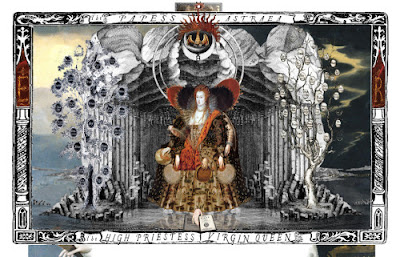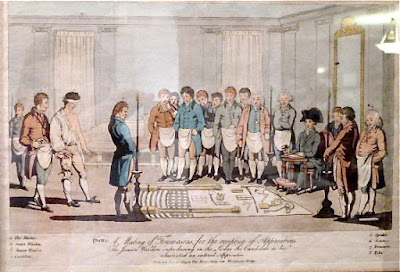I always recommend the School of Practical Philosophy for both its coursework and its special lectures, and, if you don’t believe me, make time June 3 to enjoy a lecture on Plato. No previous knowledge of the philosopher or his books is required; the talk will give you an appetite for them. From the publicity:
The Divided Line, which appears in Book VI of Plato’s Republic, is a simple yet magnificent illustration of the various levels of knowledge, indicated as sections on a straight line. This elegant structure provides us with a guide for conscious seeing and learning, enabling us to uncover what and how we know anything.
Plato divides the world into the Realm of the Senses which is ever-changing, and the Intelligible Realm which is constant. He presents these Realms as existing on two sides of a divided line:
- The Visible World of opinion and belief, lit by the Sun, perceived by the senses.
- The Intelligible World of knowledge and understanding, authored by the Good, realized by the faculty of reason.
Join us for this presentation as we walk the line from the dark shadows into the light of the Good. Through the process of studying Plato’s Divided Line, we will find answers to some big questions:
- What do we know?
- Is it knowledge, or is it opinion?
- Is it true?
- How do we know?
And further, discover how we can use our understanding of the Divided Line to make our way to the Good in our own daily living.























































































